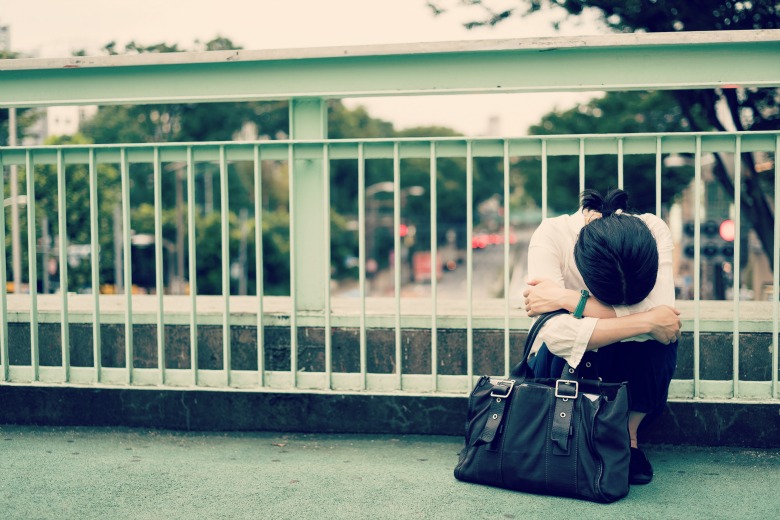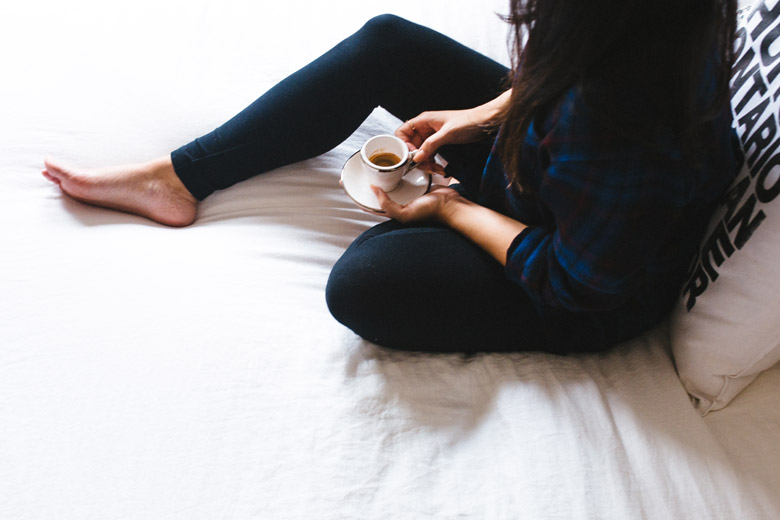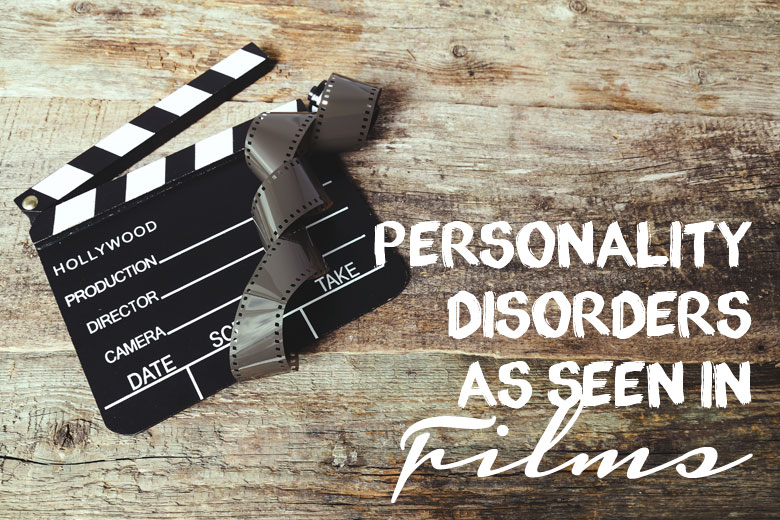A note from Tine: Welcome to another edition of Tim Talks! For those who are new to Beautyholics Anonymous, Tim Talks is a new series on the blog where my husband, Tim, will be sharing his knowledge to help raise mental health awareness. Tim is a psychiatrist who works in metro Melbourne. His area of interest is child, adolescent and youth psychiatry.
In today’s episode of Tim Talks, he talks about anxiety, what it feels like to experience anxiety, if there are different types of anxiety and how we can manage our anxiety symptoms. As always, these do no constitute medical advice and if you do experience high levels of anxiety, please seek advice from your GP. If you have any questions about anxiety or mental health in general and do not feel comfortable to share them in the comments, please feel free to email us at tine@beautyholicsanonymous.com.

The feeling of an anxiety attack has been described by many patients that I have treated as one where they feel like they have lost all control of their faculties, having experienced an intense fear that they will die from that attack. The challenge is that these symptoms are not as apparent to the observer unless they experience a significant panic attack.
Anxiety disorders can have a significant impact on the sufferers’ capacity to live a fulfilling life. I hope this blog post will shed some light on this disabling condition.
What does it feel like to experience anxiety?
We have all experienced some levels of anxiety before, be it preceding examinations or job interviews or meeting new colleagues. However, for someone with an anxiety disorder, it is at an intensity where it affects their ability to perform or commit to the above scenarios. A big component that ties in with this is avoidance. Anxious people will usually avoid putting themselves in potential anxiety-provoking situations. This unfortunately reinforces the notion that such situations should be further avoided. This leads to further withdrawal from such situations or commitments.
If you wanted to simulate what a panic attack may feel like, what you can try doing is to hyperventilate and make your breathing as shallow as possible. When this happens, your body physiologically removes a lot of carbon dioxide from your lungs, such that there will be a markedly lower level of this in your body. When that occurs, you will experience numbness, tingling, sometimes even spasms to your limbs. A word of caution though, because this can be very physically uncomfortable, I would not suggest trying this alone.
Are there different types of anxiety disorders?
The classification of these changes from time to time, but the common disorders within the umbrella of anxiety disorders are: generalized anxiety disorder, social anxiety disorder, panic disorder, and specific phobias.
- Generalized anxiety disorder – this takes the form of generalized worry in most domains of their life, with accompanied physical symptoms such as tension headaches, lethargy and muscle aches.
- Social anxiety disorder – anxiety symptoms appear to be most significant in social settings, with accompanied fear of being negatively judged by others. This can also be more prominent in group settings or in new social settings.
- Panic disorder – the presence of panic attacks, which can either have specific triggers or not. In certain cases, this is accompanied by significant fears of not being able to escape from certain environments and results in one becoming withdrawn in the home setting. This is termed agoraphobia.
- Phobias – these are usually tied to exposure to certain items or objects that generate significant fear not proportional to the circumstances. One such example is fear of spiders (arachnophobia).
Anxiety symptoms can manifest itself in different forms in the younger age group, through separation anxiety whilst one transitions into prep or kindergarten, as well as school refusal through primary or secondary school years.
Will coffee or energy drinks help me during periods of anxiety?
Boy, I remember first-hand what it felt like when I downed a can of energy drink during my medical clinical exams; I had palpitations, shallowed breathing and I struggled to focus. I was a wreck as my anxiety levels went through the roof.
As coffee and other caffeinated drinks can be anxiogenic, ie it can increase anxiety symptoms, it is crucial to consume these in moderation. Although people with anxiety symptoms note that it lifts their energy levels and is more alerting, the trade-off is the increased physical symptoms of anxiety that can be very disabling.
What can be helpful to manage my anxiety symptoms?
As I have covered in earlier write-ups on mindfulness and anxiety management, the key principles apply in trying to reduce the baseline anxiety symptoms. For more specific disorders, another important aspect of treatment is in graded exposure to the anxiety-provoking situations. This involves starting to challenge and tolerate less anxiety-provoking scenarios before working up to more significant situations once confidence has been slowly built up.
For instance, if someone has a fear of dogs, it may be helpful to start at introducing the anxious individual to pictures of dogs, and once the anxiety levels are tolerable, to try them to view videos of dogs, and so forth. This is only really introduced once they have equipped themselves with strategies such as deep breathing exercises or progressive muscle relaxation to use in these situations. Cognitive restructuring is another CBT principle that is used in both anxiety and depression to help individuals slowly challenge the negative thinking patterns which are linked to these symptoms.
Another crucial aspect in managing anxiety is providing the appropriate information to loved ones and supportive peers, so that they can better recognise when someone is experiencing significant anxiety symptoms and what will be helpful to support them. It can also better explain to the support network the underlying reason for avoidance and not building resentment towards these behaviour. Sometimes people can get aggressive if they cannot escape the environment or triggers to their anxiety, and this can result in interpersonal conflicts.
As always, happy to hear your comments about this topic, and until next time, I wish you good mental health.













Thank you for this informational post! I hadn’t experience true anxiety until I was in third year at uni and then my first year being a teacher. I found that for both of those situations I ended up removing myself from them and work on something new, which helped tremendously!
Kat recently posted..The Handmade Box | October Unboxing
Nice to see something up about anxiety. I’ve had GAD/Panic disorder issues since 2011 and it’s not a bucket of fun. The only thing I’d add, and as a person who experiences anxiety than a medical professional, is self love. The worst thing you can do when experience anxiety is beat yourself up about it, which you WILL do, because the illness makes you restrict yourself which is disappointing and frustrating to both yourself and others. Acceptance and self worth, because you are more than your symptoms!
Good day to you!
I wasn’t aware I had anxiety disorder until a couple years ago, and triggered easily under noisy environment, especially when there’s a wailing baby / kid nearby. Usually I can stay focus pretty well but under the right triggers at the wrong time, I go mad in a matter of minutes. And when I do, I just want to go to the corner of a room, sit down and hug my knees so tight until the terrible feeling goes away if not I would appear flustered and impatient to everyone.
Well, look at it on the bright side, at least I managed to master stronger control over my emotions to reduce the frequency of these attacks. It’s about mind over matter.
Just wanted to say thank you for this post – Tim Talks is great, please please keep on keeping on with them 🙂